Invasive Species Gallery
-
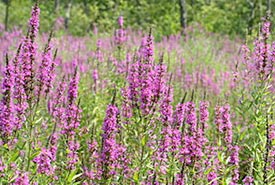
Purple loosestrife
Purple loosestrife is a wetland plant native to Europe and Asia that was brought to North America in the early 19th century. This highly invasive plant was likely introduced when its seeds were included in soil used as ballast in European sailing ships and discarded in North America. The plant is still used in flower gardens and occasionally sold in nurseries today.
-
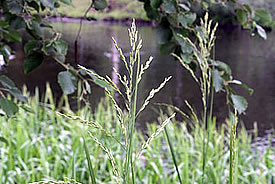
Reed meadow grass
Reed meadow grass is a wetland grass that was introduced in the 1940s as a forage plant that could be planted in wet pasture areas for North American cattle. It subsequently spread to other areas of Ontario, where it is has overtaken native cattails and other species.
-
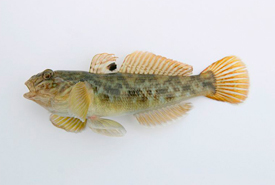
Round goby
The round goby is an invasive species known to exist in all five Great Lakes, and it has spread to rivers and streams that are connected to them.
-
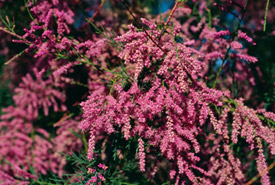
Salt-cedar
Salt-cedar (commonly known as pink cascade and tamarisk) has been identified as an invasive alien species by the Canadian Food Inspection Agency, named as one of The Nature Conservancy's "dirty dozen" weeds and listed as one of the World Conservation Union's 100 "worst invaders."
-
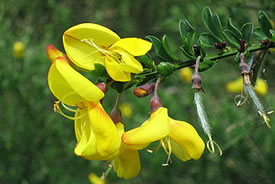
Scotch broom
Scotch broom is a perennial shrub originally from Europe. Introduced as an ornamental plant in the mid-19th century, it is now the poster child of invasive species in British Columbia.
-
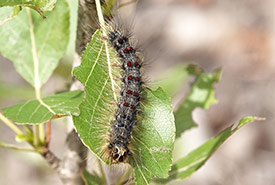
Spongy moth
Spongy moth (Lymantria dispar dispar) is an invasive species in eastern North America that is native to Europe.
-
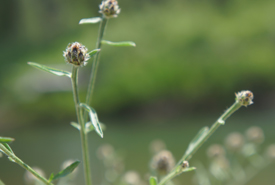
Spotted knapweed
Spotted knapweed, a member of the sunflower family, is an aggressive invader that is especially problematic in native grasslands in western Canada and has recently spread to Manitoba. There are five invasive knapweed species in Canada, unintentionally introduced from Europe in the late 1800s. It is predicted that the species was spread via alfalfa and clover seeds.
-
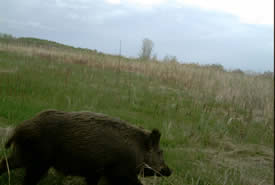
Wild hog
Despite its reputation as a nuisance animal, the wild boar's impressive ability to survive and prosper commands admiration. Many landowners may never know they have wild boars living amid their rural backyard.



